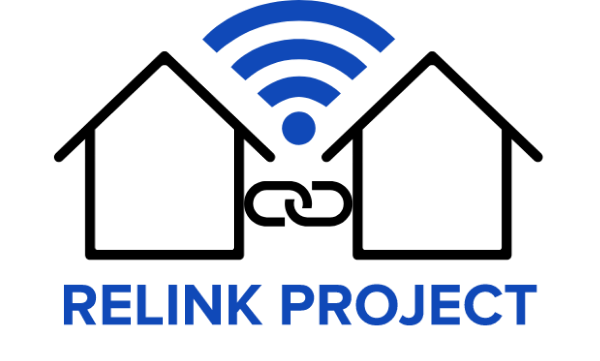As part of the research for RELINK, some of the Norwegian partners went to see some exhibition smart homes. We visited two different homes. The first was a showroom apartment with welfare technology, aimed at displaying a variety of appliances to make the everyday safer and simpler for people with impaired functioning. And the other was a house with a smart home system installed, allowing the owners to control features such as light, temperature and energy management. These two visits showed different aspects of connectedness and various areas of use of Internet connected technology. We will present both homes here.
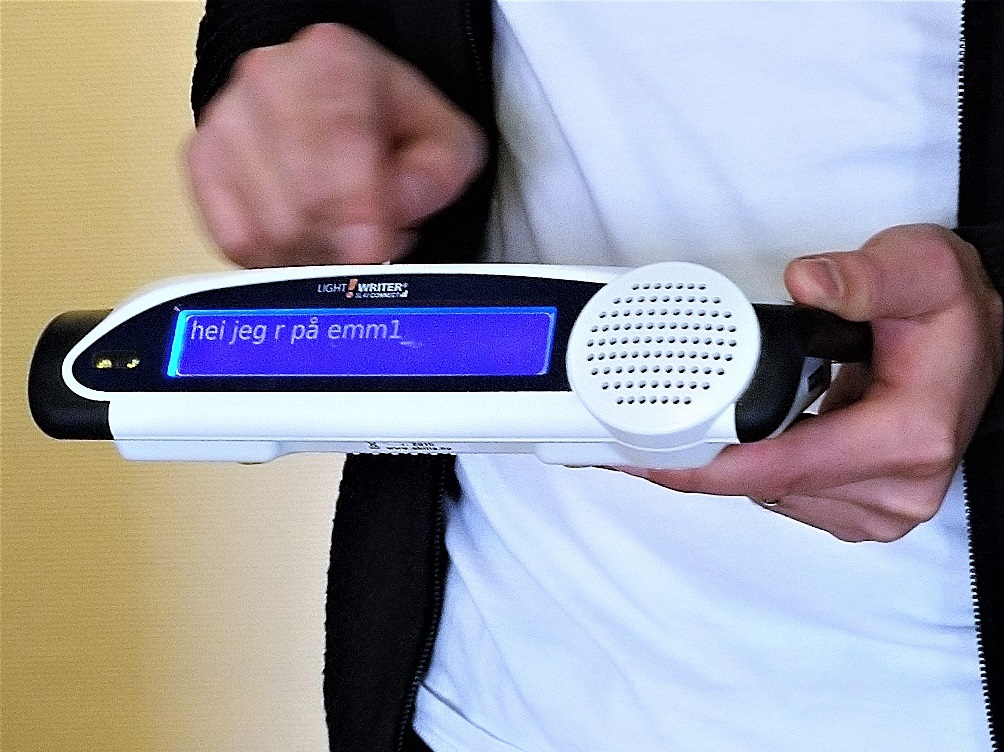
The welfare technology apartment is run by the Bærum municipal initiative called Emma MeDLiv. The appliances in the apartment is based on a needs assessment where users and their relatives have contributed with various scenarios and challenges they face, as well as providing ideas for solutions. The apartment was situated in an apartment building housing people with impaired functioning. One employee from Emma MeDLiv guided us through the apartment, room for room, and demonstrated various appliances.
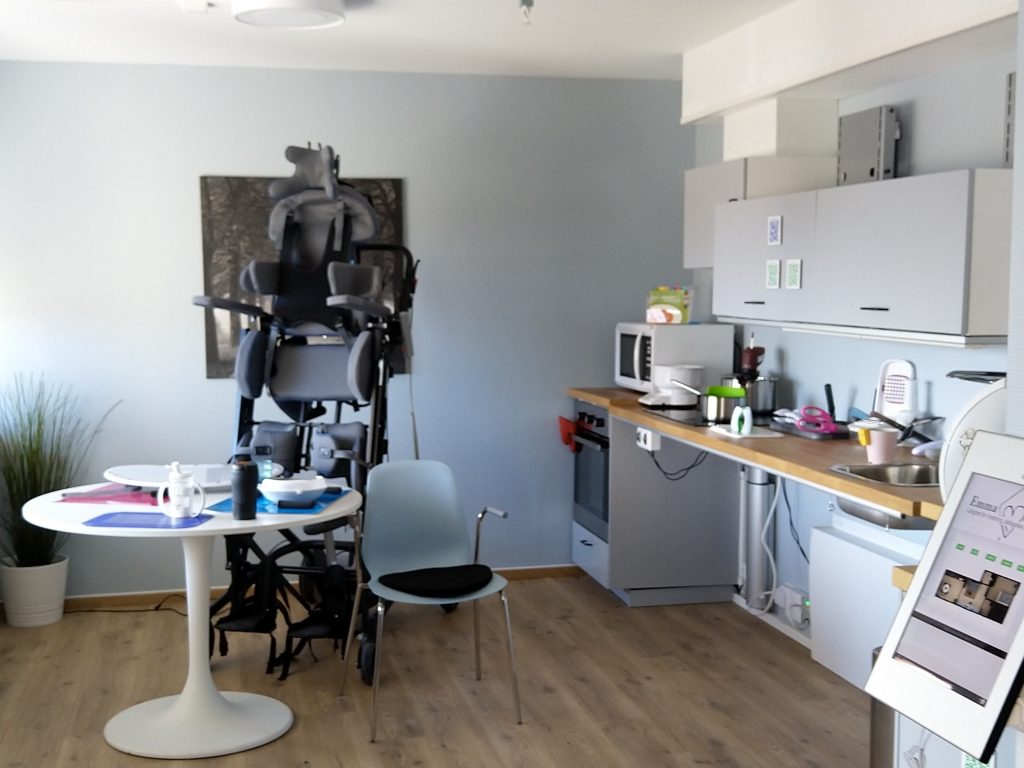
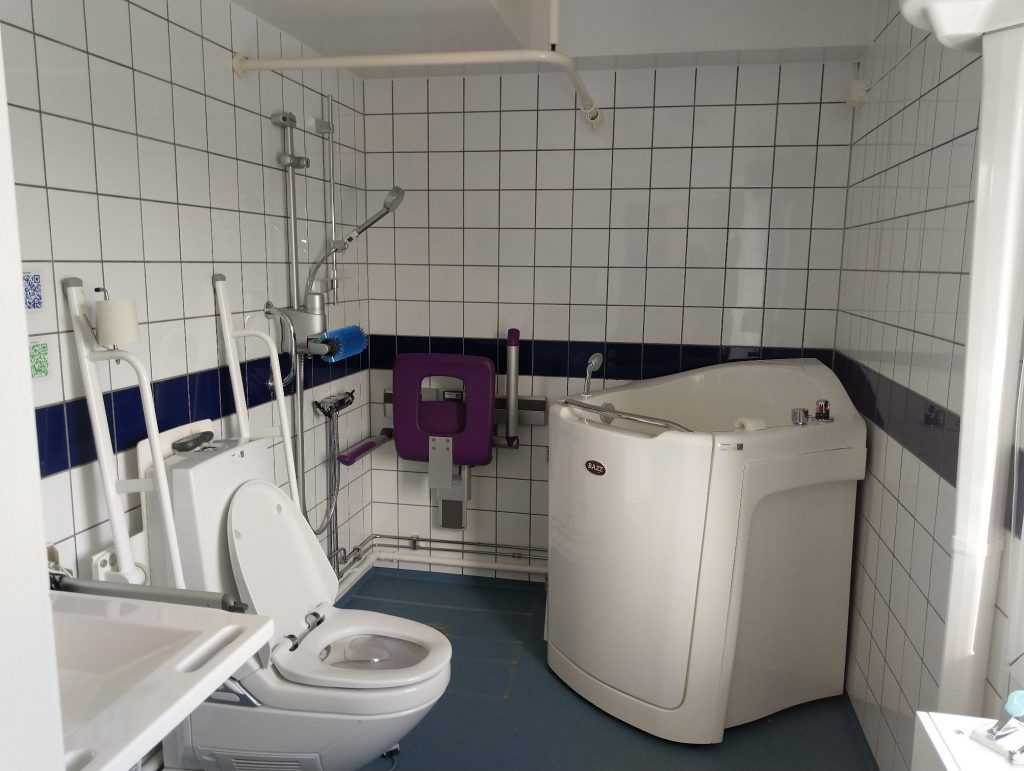
There were a broad variety in appliances which visitors can try out. Many of the aids and appliances had similar main functions, but varied in design and additional applications, making them suitable for many different needs and degree of independence. The main functions can be classified broadly into appliances to structure the day with activities and meals, such as calendars and timelines. Others were for communication, such as devices transforming writing to speech and vice versa. Other appliances again were designed for controlling the environment, such as a computer screen that could be controlled by the eyes, and yet another group for safety or surveillance technology, such as GPS watches, and technology registering falls. There were also health-specific devices, such as a machine that distributed medicine, controlling it is the right medicine for the right person, correct dosage, and at a pre-programmed time. And devices for stimulating various senses and bodily functions. For this group of technology, users and purposes, themes such as safety, risk, privacy, and informed consent are very prominent and important to consider.
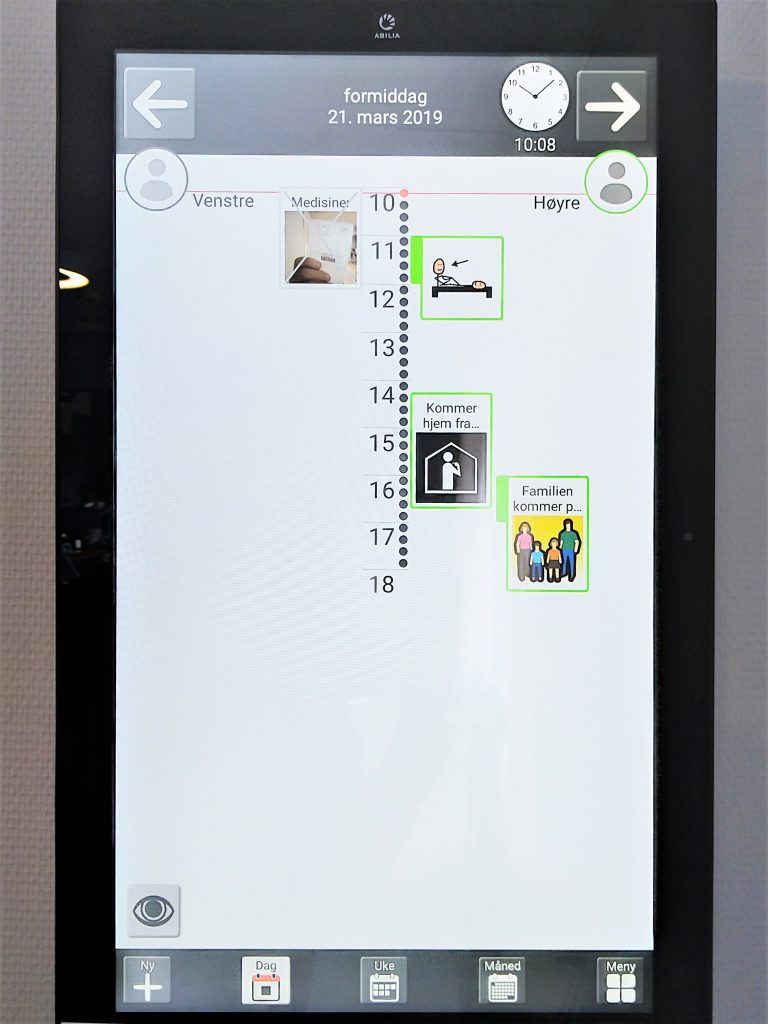
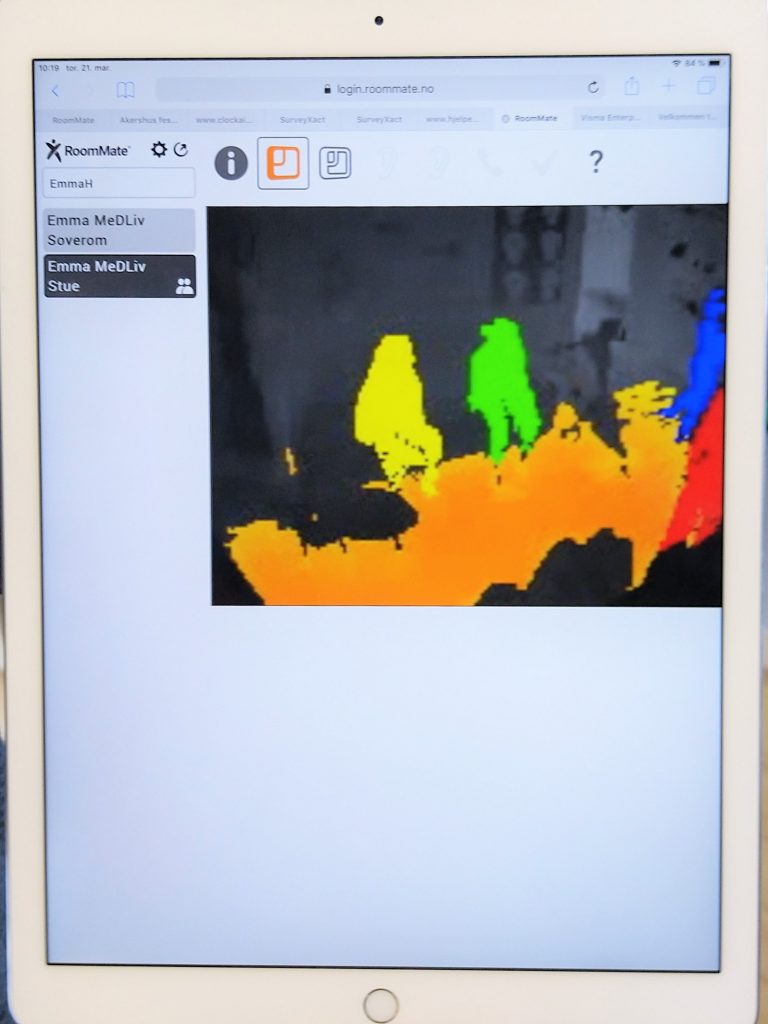
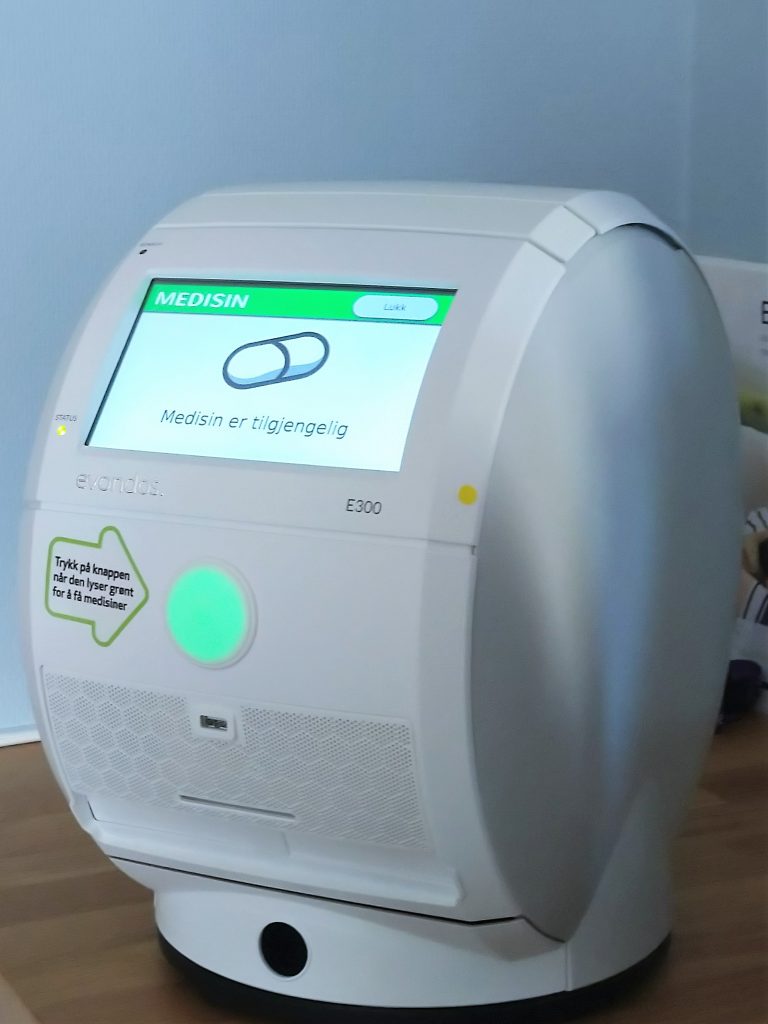
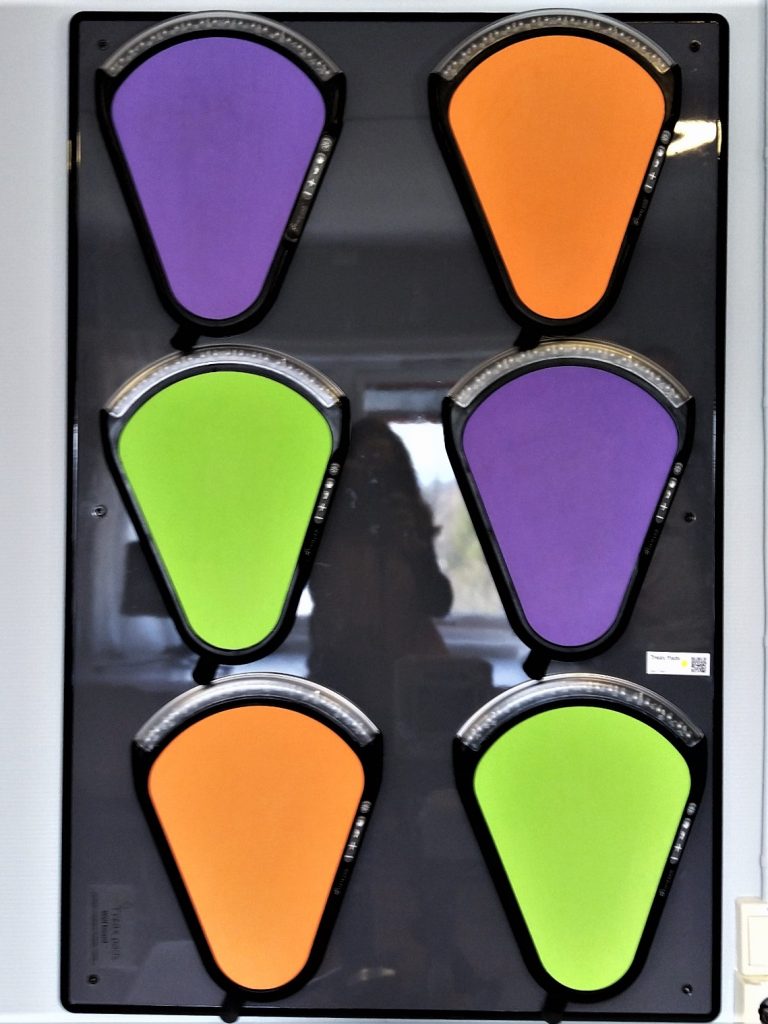
The other house we visited was built as a smart home and is thus well-adjusted for the features. The provider of the smart home solution was Autobolig, a local company which provided a system made by the Austrian company Loxone. The house uses waterborne heat system, and has solar panel attached to the roof. Outside of the house, the smart home controls features such as awnings, measurement of air humidity, weather station, lights, and movement sensors. Inside the house, features are mostly lights, temperature and energy management.
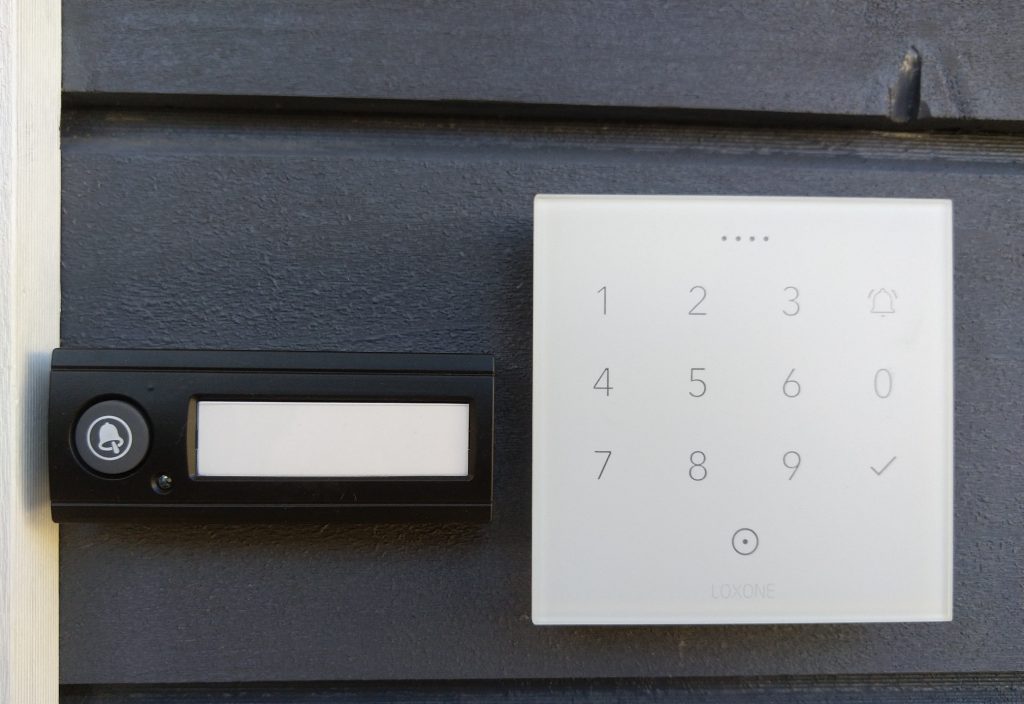
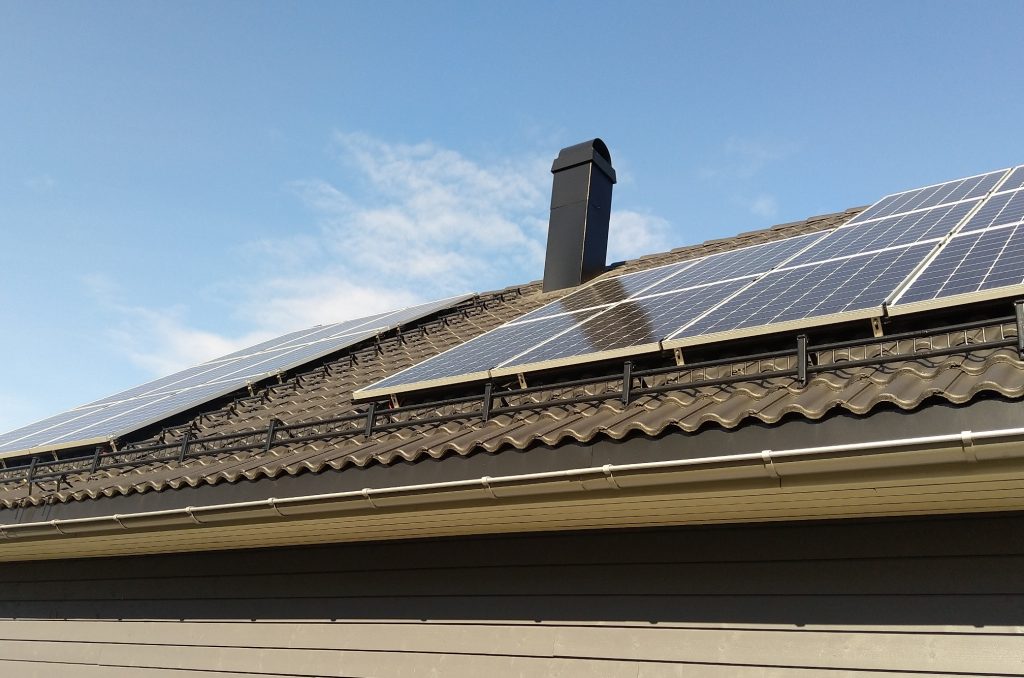
The system is controlled by a “brain” located in the fuse box. The house has several settings that can be programmed. For instance, it features an “away” mode, which will include lights going on at random but natural times to simulate people being home. When the fire alarm is activated, all lights will be lit automatically, and lights will blink frantically when the intruder alarm is activated. Other features could be to cut the power to for instance the stove when only children are at home. The owners of the house control the features from an app on their tablets or smart phones. The representative from Autobolig showing us around, Eirik, says that the house could run completely locally but some functions need external connection. Security is a major focus, and the company claim to have high encryption standards.
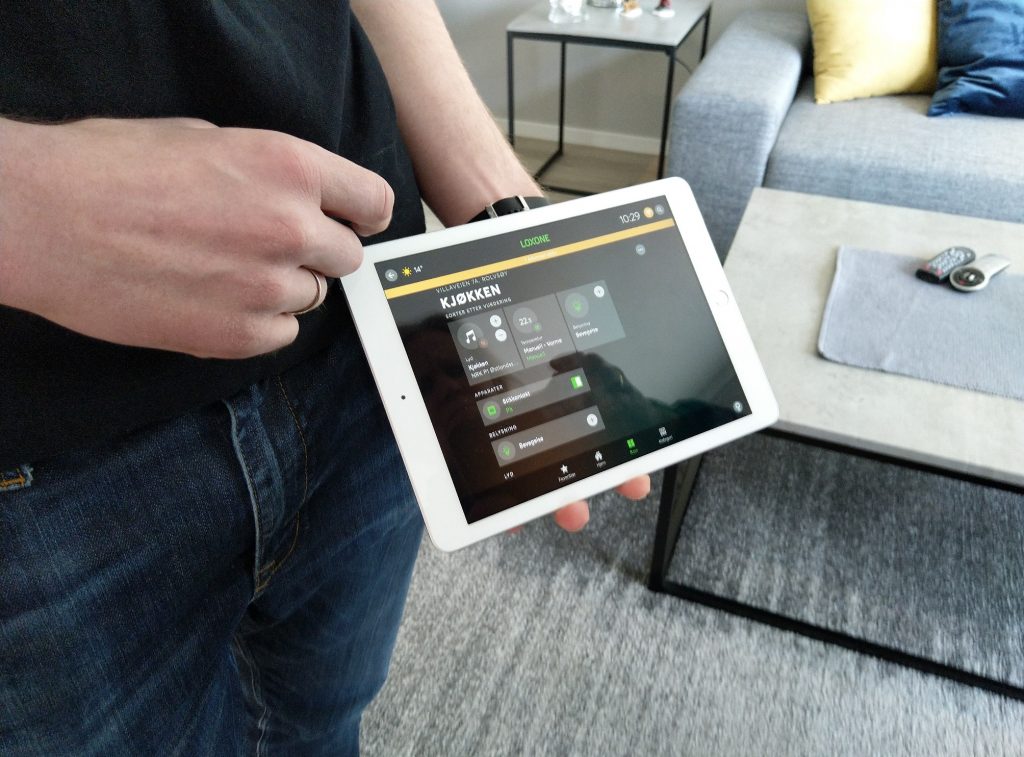
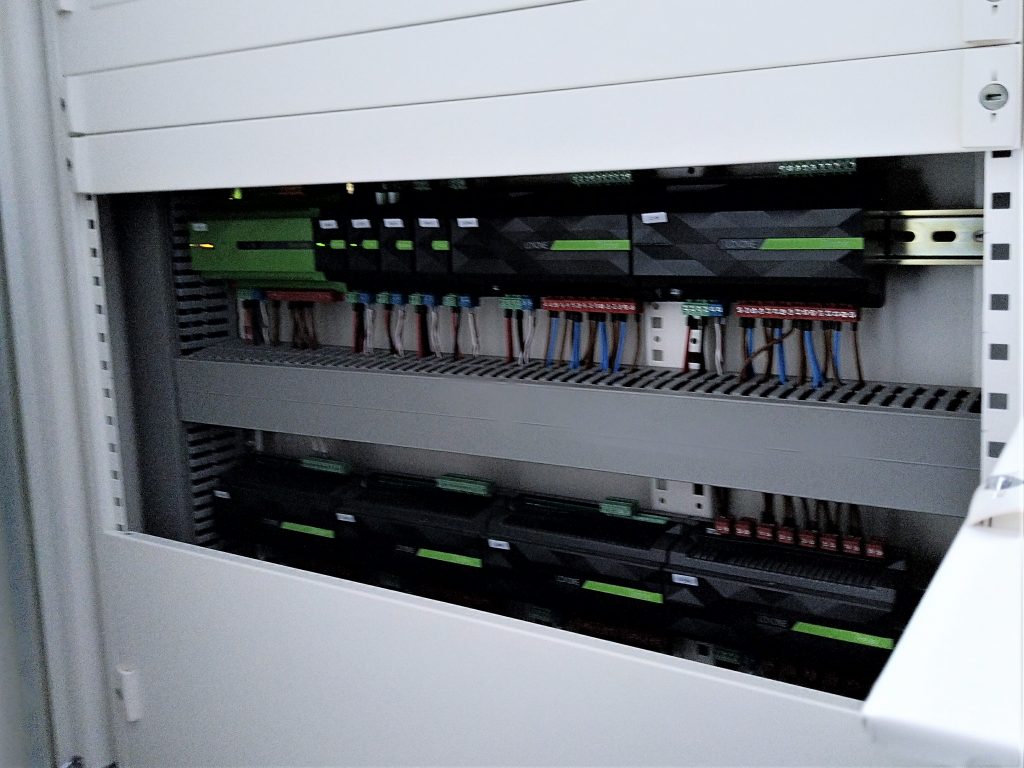
Visiting these two show exhibition smart homes pointed to various different scenarios for use of smart homes, as well as challenges. Risks and security issues such as prevent hacking or information leakage, maintaining privacy, user competences, and informed consent are a few of the issues touched upon here. We look forward to continuing exploring these themes in RELINK.
